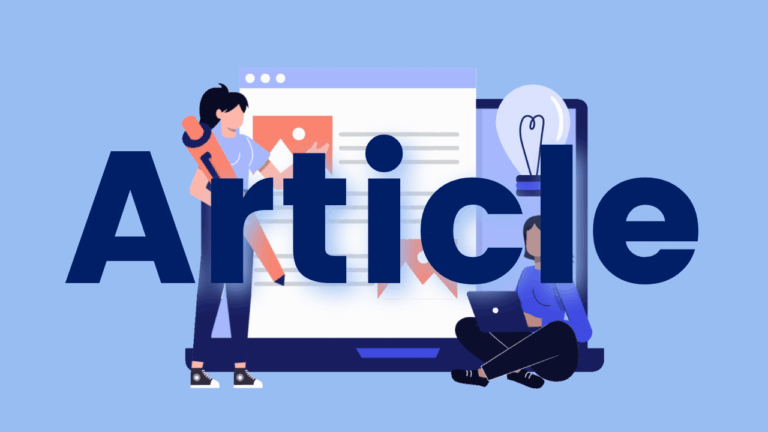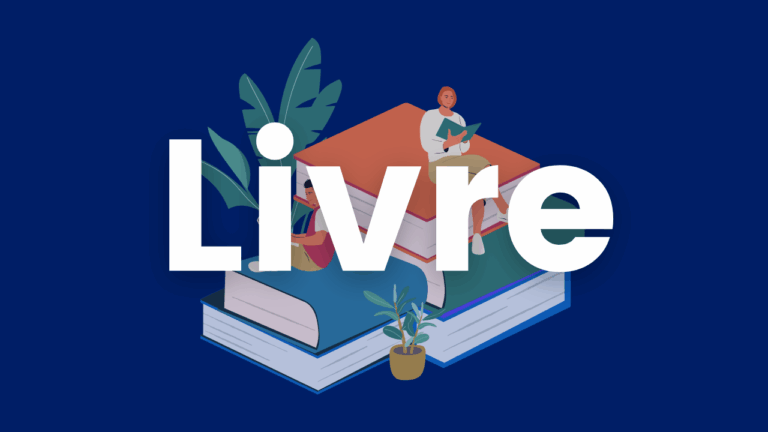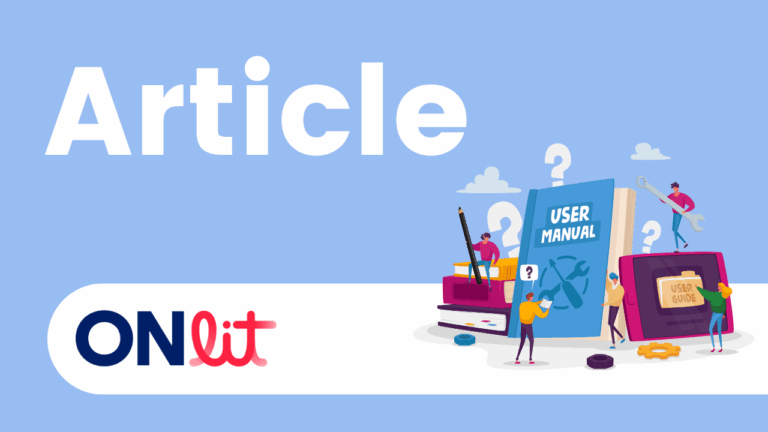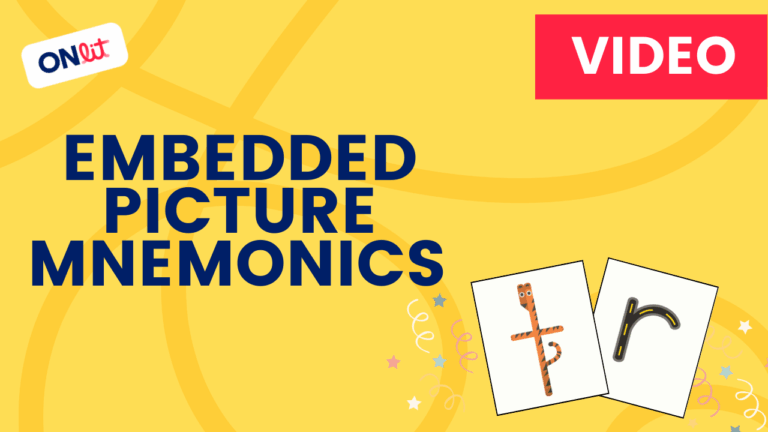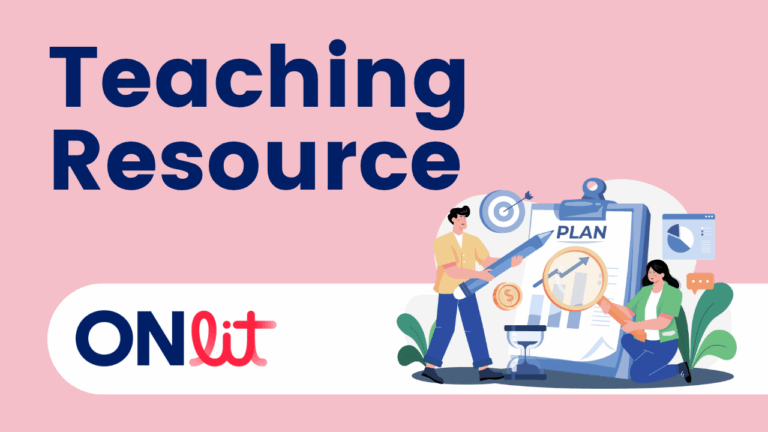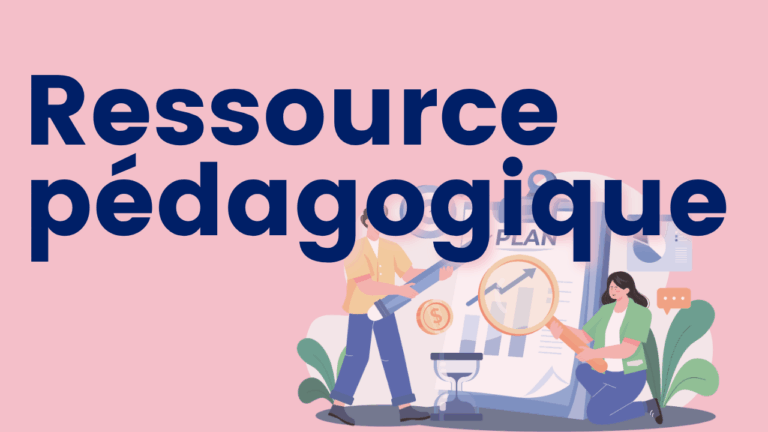Le prénom des enfants : un point de départ incontournable
L’article aborde tous les apprentissages qui peuvent être réalisés à partir du prénom de l’enfant et pourquoi le prénom représente un incontournable pour favoriser la découverte du fonctionnement de la langue écrite chez les jeunes enfants.

